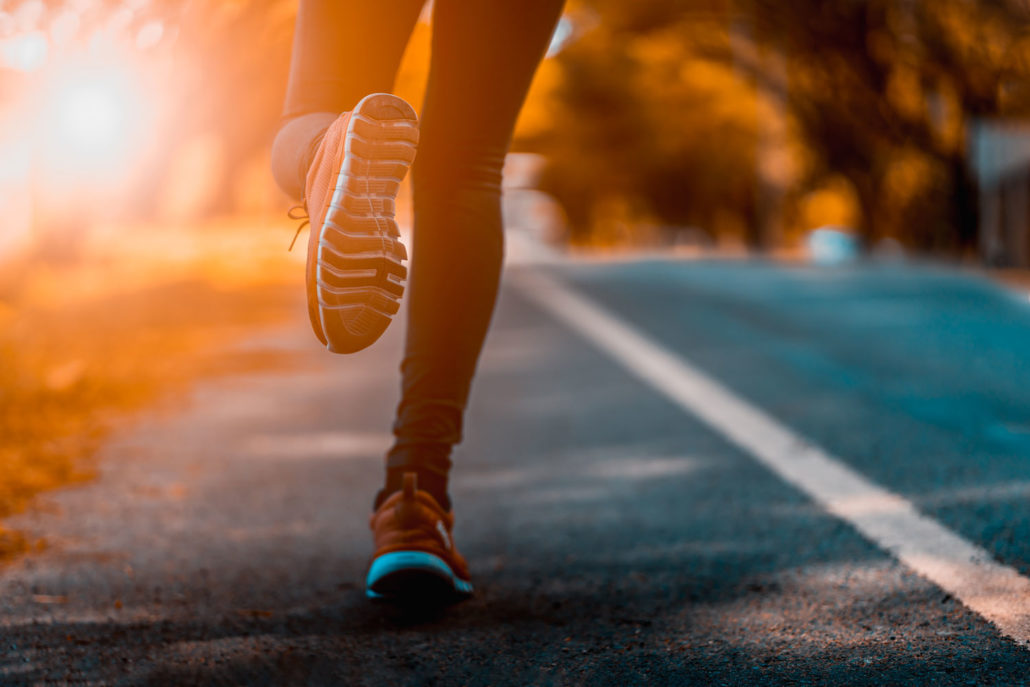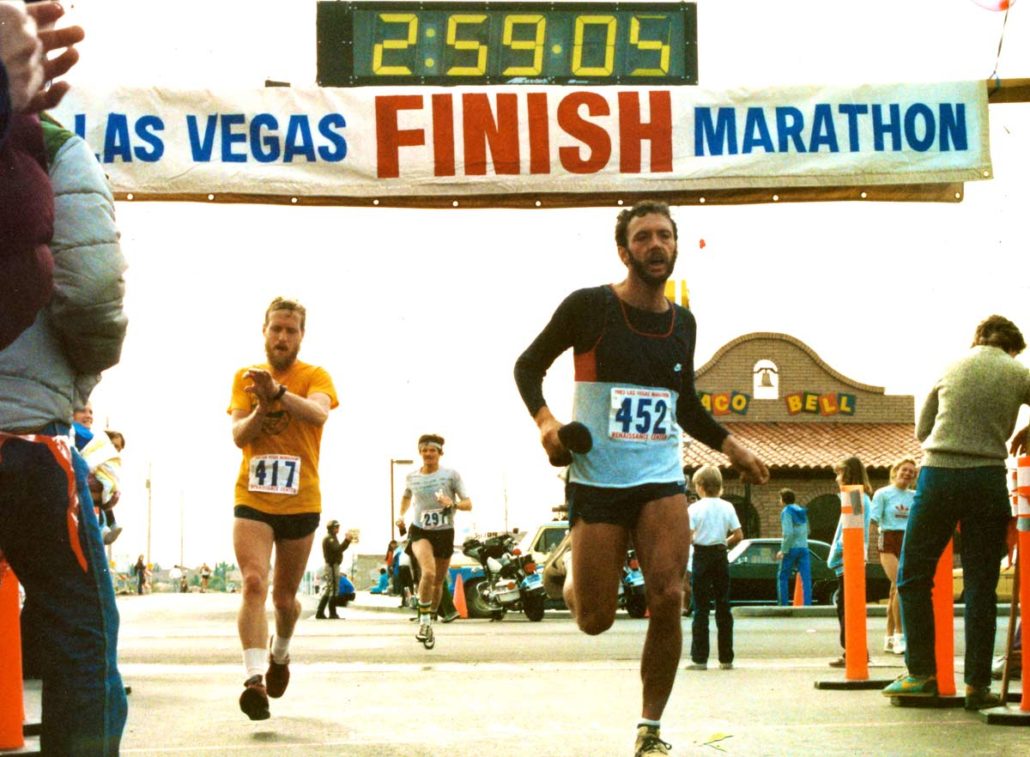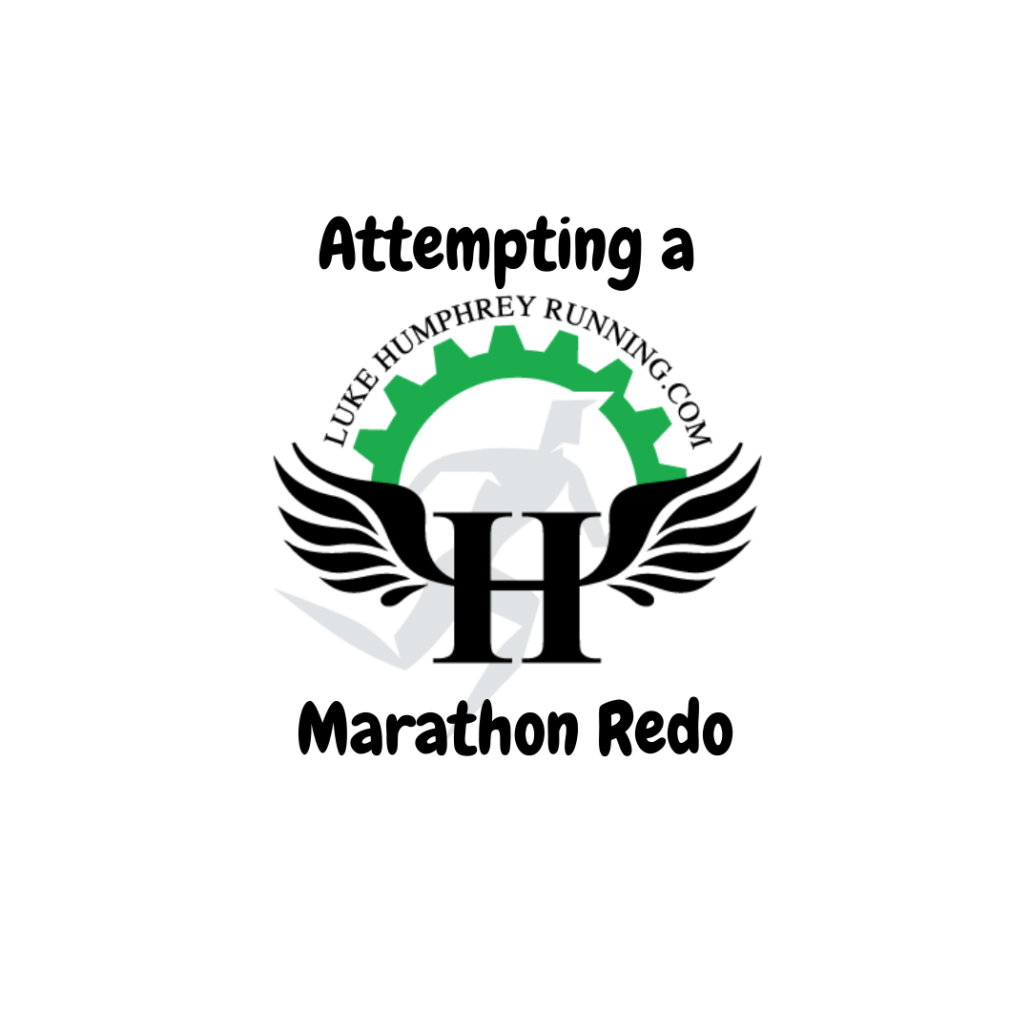Boston Challenges Part 3: Race Day Weather
Podcast: Play in new window | Download
In the third part of this series, I want to discuss the race itself. In particular, the challenge of the potential weather. This comes in two parts. The first is the time of year the race is and the second is the different start and finish locations.
Today, let’s discuss the potential weather. In a dream year (2011), you get solid temps and a 30 mph tailwind. What’s interesting is that was the world’s “best” time that was not allowed to be a record, but now 2:03 for the men’s isn’t anything and you can just strap a pair of special shoes on your feet for instant fitness. Eh, I digress. In any case, the weather in Boston can be a crapshoot mainly because of its location off the water and that it’s in mid-April. So, you can expect anything from a Noreaster to a taste of July heat and anything in between.
How the weather is, will affect people differently. For my southern friends, you tend to do better in the warmer years, because the temps are usually a lot closer to what you have been training in. When it’s cooler, it feels cooler, but you are still okay because it’s like us in the summer. The heat provides certain adaptations that carry over to colder weather. Regardless of where we are at, we get those benefits during the summer and it makes the 50-degree day on race day that much more productive.
However, if you are used to training through the snow and cold all winter and then all of a sudden you get even a 65-degree day, then it’s a big shock to the system. It feels even warmer than it really is. What’s that saying, 60 degrees in the spring is shorts weather. 60 degrees in the fall is sweater weather. This potential for a warm day feeling like a hot day is real and it’s difficult for those who train in the colder climate to be ready for it. It’s just one more challenge that we have to account for in training.
So how can we?
- The treadmill. You instantly put yourself in a warmer environment and surround yourself with higher humidity. We have discussed this in previous Boston blogs.
- Sauna or a hot tub after a cold run. This can be of benefit, but BE CAREFUL. If you have blood pressure issues, this probably isn’t the best option.
- Hot shower immediately following a run. Same issues as above.
- Overdressing during the day. Make yourself hot, but not during exercise.
We will discuss these options in depth during our Boston Marathon Training Group, starting December 4th, 2023. Join us: https://bit.ly/459jiYk




